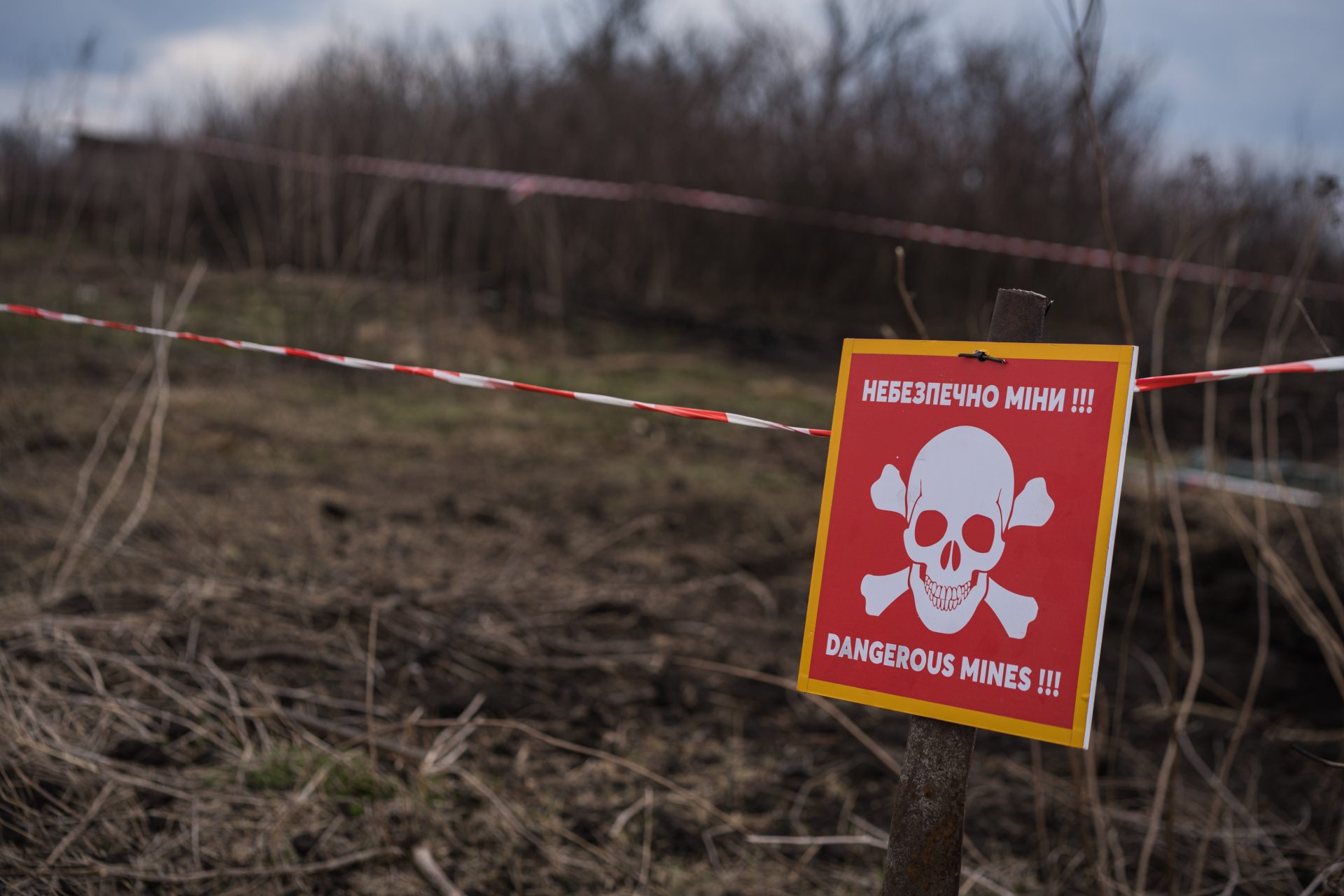Are you suffering from medication overload?
Have you ever heard of the term "medication overload?" You may not have, but you could be one of the millions of people who are at risk.
Despite the benefits of modern medications, excess prescribing of medication, known as medication overload, is putting millions of older people at grave risk of harm.
'Medication Overload: America’s Other Drug Problem', a report released in 2019 by the Lown Institute, chronicles the epidemic of polypharmacy in the United States.
Polypharmacy is defined as taking five or more medications concurrently. More than 40% of older adults are on five or more prescription medications, a threefold increase from twenty years ago, according to the CDC.
When over-the-counter drugs and supplements are included, nearly 20% of older people take ten or more drugs, and it is not unusual for some older patients to be on more than two dozen different medications, according to a survey from Slone Epidemiology Center.
Every day, 750 people age sixty-five and older are hospitalized in the US for an adverse drug event from one or more medications, according to the Lown Institute, and over the past decade, older people sought medical treatment for a drug-related side effect more than 35 million times.
The Lown Institute estimates that if nothing is done, medication overload will lead to 150,000 premature deaths over the next decade and will reduce the quality of life for millions of older people.
Image: harry cao/Unsplash
In addition, there will be 4.6 million hospitalizations for serious adverse drug events related to medication overload and 74 million outpatient visits, at a cost of at least $60 billion.
For older patients, the most commonly prescribed inappropriate medicines include proton pump inhibitors like Nexium and Prilosec, benzodiazepines like Xanax and Ativan, and tricyclic antidepressants, according to an analysis of Medicare data.
Image: Davide Zacchello/Unsplash
Michael Schoenbaum, an epidemiologist at the National Institute for Health, told the New York Times that falls and fractures, already a common danger for older people, can become more recurrent because “benzos” can cause dizziness.
This according to Dr. Donovan Maust, a psychiatrist at the Veterans Affairs Ann Arbor Health Care System. Some studies have shown an association with dementia and Alzheimer’s, though experts call the evidence to date inconclusive, according to the New York Times.
Although benzodiazepines have a calming effect, they are highly addictive, according to the American Addiction Centers, and its withdrawal can last up to a year or longer. This is why they’re not supposed to be used for more than a month.
Image: Volodymyr Hryshchenko/Unsplash
Dr. Keith Humphreys, a Stanford University researcher told The New York Times it is habitual for a lot of people to take them for years, and that describing them as “dependent” or “addicted” often causes angry reactions, because there’s a lot of stigma around drug problems.
Image: Towfiqu Barbhuiya/Unsplash
12.6% of American adults take benzodiazepines and misuse accounts for nearly 20% of use overall, according to PubMed. Using without prescription is the most common type of misuse.
Taking the incorrect dose, taking the drug at the wrong time, forgetting to take a dose, stopping the use of a drug too soon, taking a drug for reasons other than why they were prescribed.
It’s common for seniors to get a lot of drugs prescribed and to go to different doctors. This can cause them to take the wrong pill, or the wrong dose, at the wrong time. Patients may not know which drugs are the most essential and may neglect to take a necessary medicine while adhering faithfully to a less vital drug, according to JAMA Internal Medicine.
Dr. Ariel Green, a geriatrician and researcher at Johns Hopkins, told The New York Times that prescriptions are being refilled year after year without anyone exploring why they were initially written, whether one drug duplicates another or whether the medications remain necessary or effective.
Image: National Cancer Institute/Unsplash
Most older adults say they are willing to reduce their medications, according to a 2018 study published in JAMA Internal Medicine, yet paradoxically, participants also said that all their medications were necessary.
The Lown Institute’s action plan offers recommendations in five key areas: First, is the need for increasing awareness of medication overload, among patients and the health care community, as well as policy makers.
Both in terms of being able to know what drugs their patients are already taking, and in terms of their clinical practice guidelines, which too often do not address the needs of older patients, according to the Lown Institute.
Clinicians need to be given the tools to conduct an effective “prescription checkup”, a formal process of assessing the medication burden of their patients and remedying it.
To sensitize them of the dangers of medication overload, to know how to avoid excess prescribing in the first place, and to be able to deprescribe once a patient is overloaded with too many drugs.
Image: National Cancer Institute/Unsplash
According to the Lown Institute, the big influence of the pharmaceutical industry has helped persuade patients and prescribers alike that there is a pill for every ill.
A group of health care leaders, clinicians, decision-makers, academic researchers and advocates work together to promote knowledge and deprescribing of medications that may no longer be of benefit or that may be causing harm.
In the US, this institution also has a deprescribing strategy, as older veterans with post traumatic stress disorder, anxiety or depression are usually prescribed benzodiazepines.
Image: Sydney rae/Unsplash
More for you
Top Stories






































